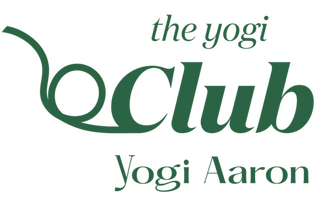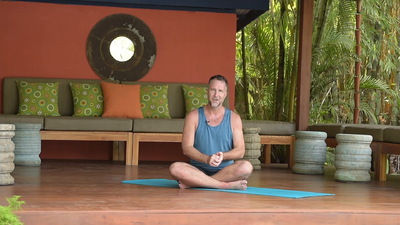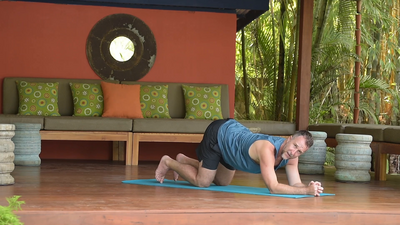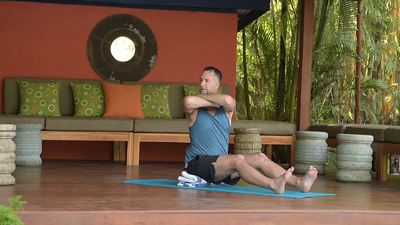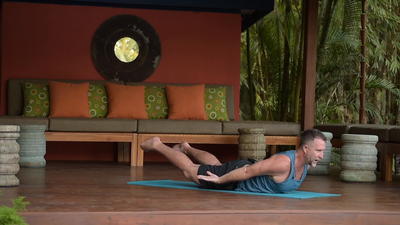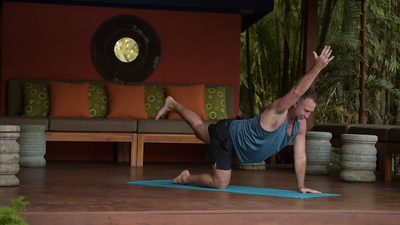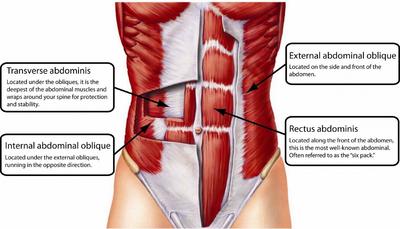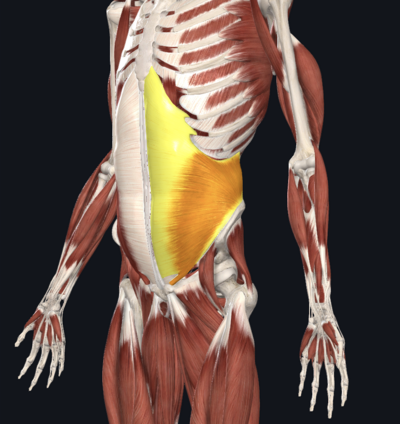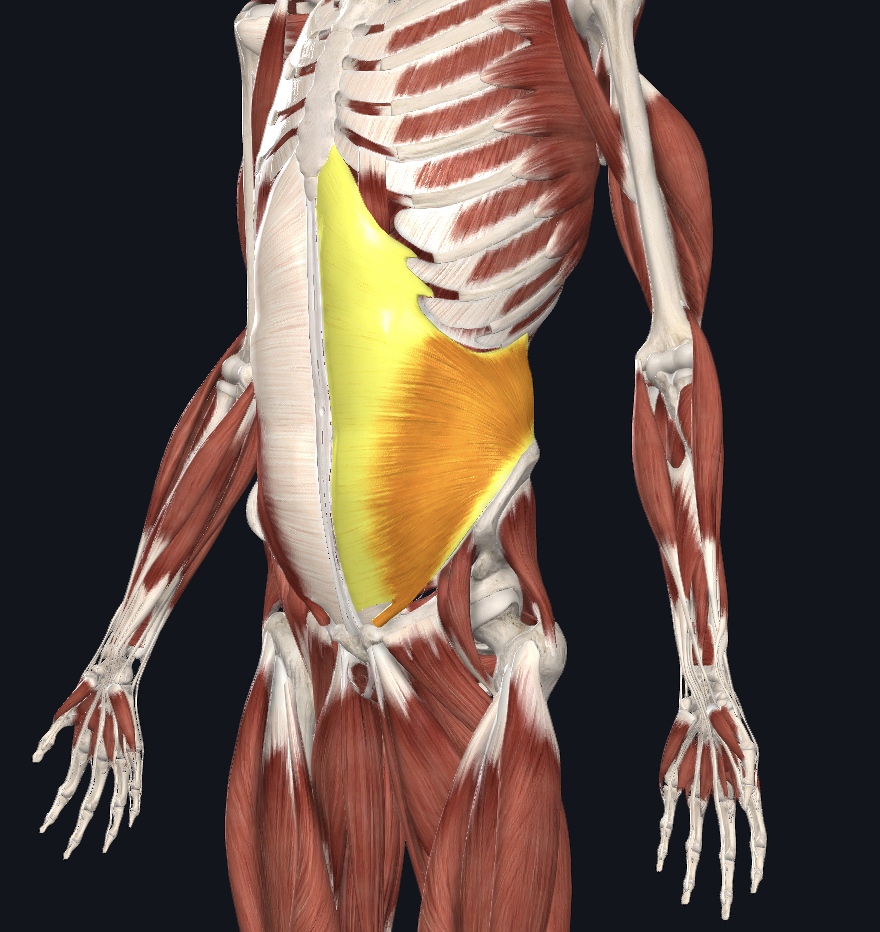- Meditation Practices
- Relaxation Practices
- 20-Minute Practices (Or Less)
- 30-Minute Practices (Or Less)
- 60-Minute Practices (Or More)
- Relaxation Yoga Classes
- Pain-Free Practices (+ Hacks)
- Beginner Yoga: 7-Part Series
- Posture Lab: How To
- Dharma Talks with Yogi Aaron
- Rocket Yoga
- Yoga Flow to Bring Power & Grace with Mimi Rieger
- 7-Day Pain-Free Journey
- Hip Pain: 7-Day Series
- {FREE} Unlock Your Strength + Flexibility
- Neck Pain: 7-Day Series
- Back Pain: 7-Day Series
- Break Free from Pain - 7-Day Journey
- Foot Pain: 5-Day Series
- Hand + Wrist Pain: 5-Day Series
- Move Smarter With AYAMA™
- The Stretching Police: Dismantling the Flexibility Myth
- Posture Lab (How To)
- Beginners To Yoga + AYAMA™
- Runners + Walkers (Muscle activation for)
- Chakra Healing Course
- Morning Routine Course
- Yoga Alignment Course
- Back Health Course To Eliminate Pain
- Yoga Nidra Course
- Handstand (How To)
- Access Personal Power (How To)
- The Energetics of Postures with Karina Mirsky
- Secret To Sequencing
- Stop Stretching Podcast Series
- Workshops
- {FREE} Empower Your Clients Series
- AYAMA Certification Course - Level One
- AYAMA Certification Course - Level Two
- AYAMA Certification Course - Level Three
- The AYAMA™ Online 200-Hour Yoga Teacher Training With Yogi Aaron
- How To Sell Out Your Yoga Retreats
- Business + Marketing Course For Yoga Teachers
Day 2 - Activate your trunk stabilizers
We hope that you are already starting to feel more stable after doing the exercise to activate the transverse abdominals.
If you feel inspired, go back and repeat the exercise from Day 1, and then continue with Day 2.
If not, no worries. Practice each day until you get the hang of it.
Don't take shortcuts. Do the exercises correctly, as explained in the videos. If you do the work, you will reap the rewards of having a more energetic, stable, and resilient body.
As we were talking about, the transverse abs are responsible for the spinal rotation and the stability of the upper body, the trunk, and the spine.
For day 2 is an introduction to the next layer of abdominals, which is called the obliques. The obliques, as with the transverse abs, are responsible for spinal rotation.
Think about how many times you reach down to pick something off the ground. You seldom ever just bend over. You will often bed over and reach more to one side. Alternatively, when you pick up the bags of groceries from the car, you twist your body, grab them, and carry them back to the kitchen.
Our motion is seldom ever linear. Therefore, the muscles that take the most stress in our body are often the rotational muscles. (We bet you did not know that before. )
Our body and all of its muscles need to function well together. We are as strong as our weakest link.
It is critical and vital to keep those muscles, the transverse abs, and obliques strengthened and activated. We keep them healthy by ensuring that they are functioning correctly.
We get them to function correctly by activating them.
There are two sets of oblique muscles.
The external obliques.
The intermal obliques.
This (very!) simple exercise will activate them and make sure they are fired up!
But before we this exercise, please do a very simple test.
Check how far you can rotate your trunk and spine?
Do both sides.
Do NOT use the hands or arms to rotate the spine. Just use muscular strength.
Only notice how far the upper torso was able to twist.
Once we complete the exercise, we will repeat the same test afterward to see if anything has changed.
Now watch the video for the demonstration.
Once you have finished the exercise, repeat the test.
Take note that when a muscle is working correctly, the range of motion improves.
Stability improves.
Strength returns.
See you tomorrow for day 3!
